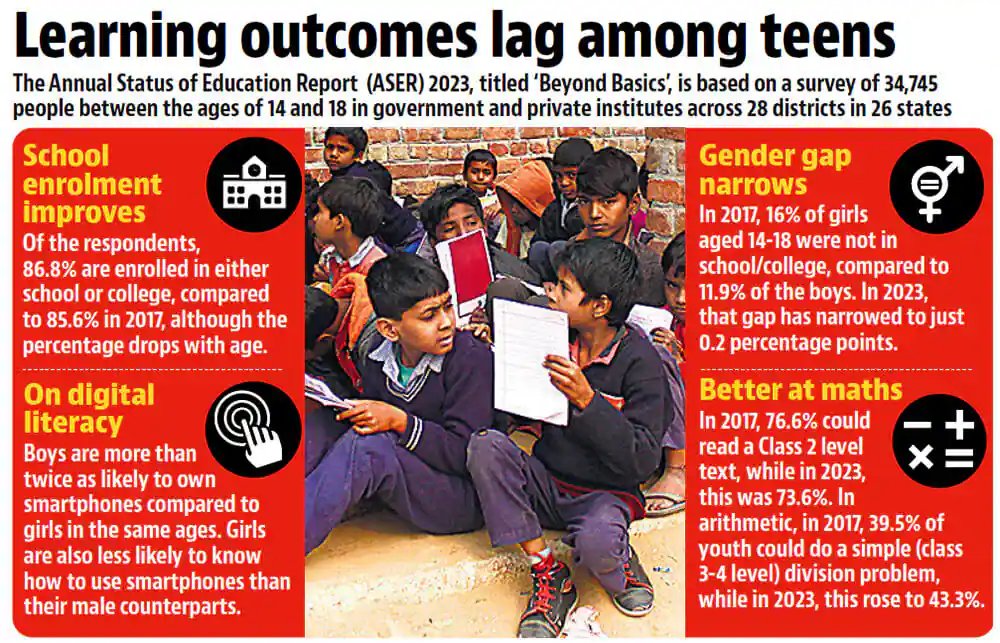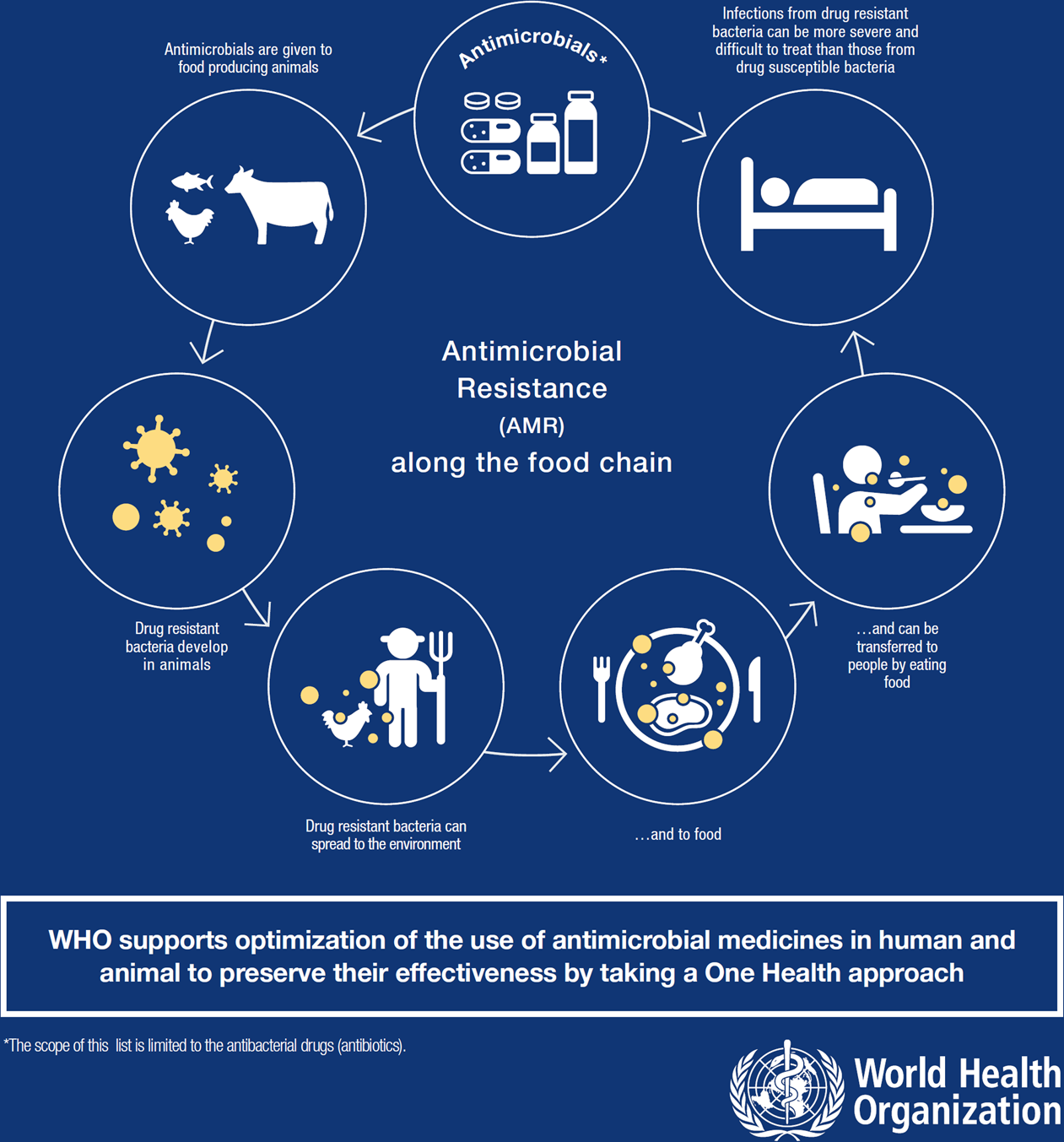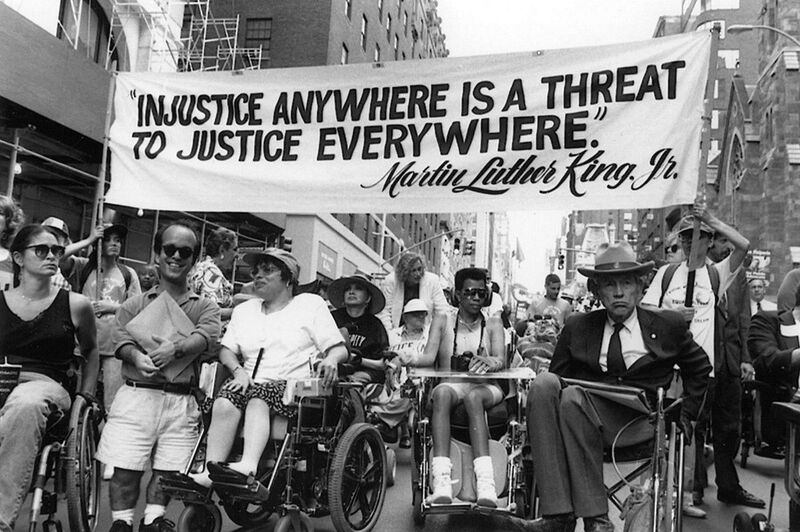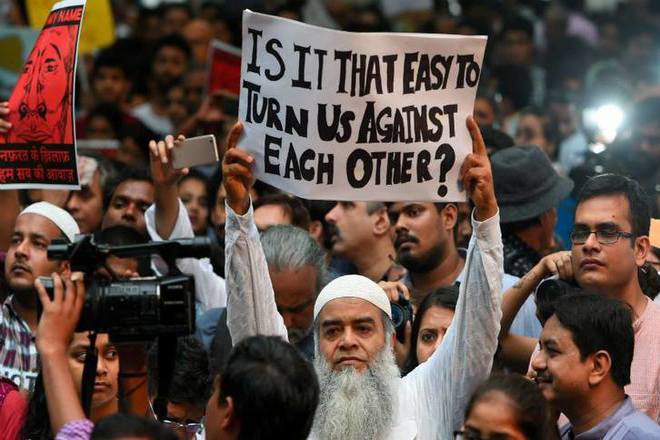Introduction
- The Delhi High Court recently dismissed a challenge to the constitutionality of Section 5(v) of the Hindu Marriage Act, 1955 (HMA), which prohibits sapinda marriages among Hindus unless custom permits.
- The court’s decision affirms the legal restrictions on such marriages and emphasizes the importance of regulating marital choices.
For Aspirants with Sociology Optional, this article is of immense importance under: “Systems of Kinship- Family, household, marriage” in both Paper I and Paper II.
Understanding Sapinda Marriages
- Definition: Sapinda marriages involve individuals closely related within specified degrees, as per Section 3(f)(ii) of the HMA.
- Prohibition: The HMA prohibits sapinda marriages within a certain range of lineal ascent, ensuring that marriages do not occur between individuals with a common lineal ascendant within the defined limits.
Legal Framework
- Void Marriages: Sapinda marriages that violate Section 5(v) and lack an established custom permitting them are declared void, meaning they are considered invalid from the outset.
- Customary Exception: The sole exception to this prohibition arises when both parties’ customs permit sapinda marriages, as defined in Section 3(a) of the HMA.
- Custom Criteria: To qualify as a custom, it must be continuously observed, uniform, reasonable, and not opposed to public policy, gaining legitimacy among Hindus in a particular area or community.
Grounds for Challenging the Law
- Constitutional Challenge: The petitioner contended that Section 5(v) violated the right to equality under Article 14 of the Constitution by requiring proof of custom for sapinda marriages.
- Lack of Proof: The woman argued that sapinda marriages exist even without documented custom, and the consent of both families validated the marriage.
High Court’s Decision
- No Established Custom: The Delhi HC found no stringent proof of an established custom supporting sapinda marriages, which is crucial under the law.
- Regulation of Marriages: The court upheld the idea that the choice of a marriage partner can be subject to regulation.
- No Violation of Equality: The petitioner failed to provide compelling legal grounds to challenge the prohibition against sapinda marriages on grounds of violating the right to equality.
International Perspectives
- European Laws: In several European countries, laws related to incestuous relationships are less stringent compared to India, allowing marriages between consenting adults.
- Examples: France, Belgium, Portugal, and Italy have different laws regarding incestuous relationships and marriages.
- US Laws: In the United States, incestuous marriages are banned in all 50 states, but some states allow incestuous relationships between consenting adults.
Conclusion
- The Delhi HC decision reaffirms the legal framework regulating sapinda marriages in India and emphasizes the importance of established customs in permitting such unions.
- It also highlights the differing legal approaches to incestuous relationships and marriages in various countries.














